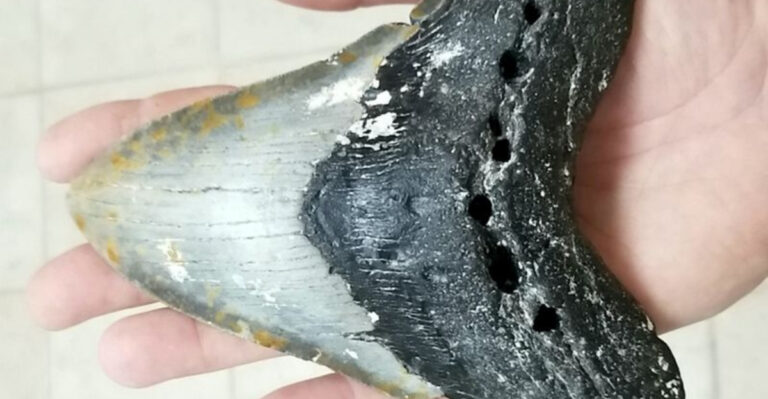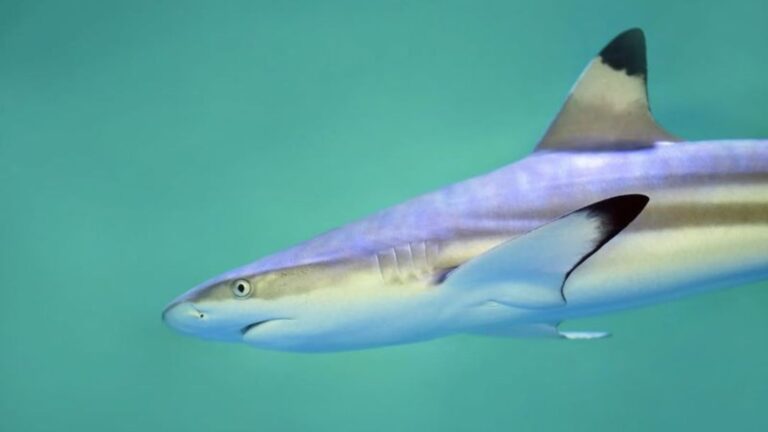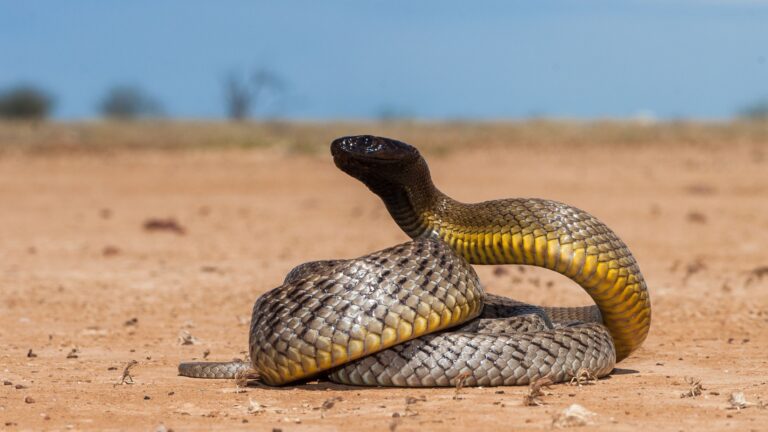8 Facts About The Biggest Great White Shark Ever Spotted In The Atlantic, And 5 Reasons It Might Not Be Alone
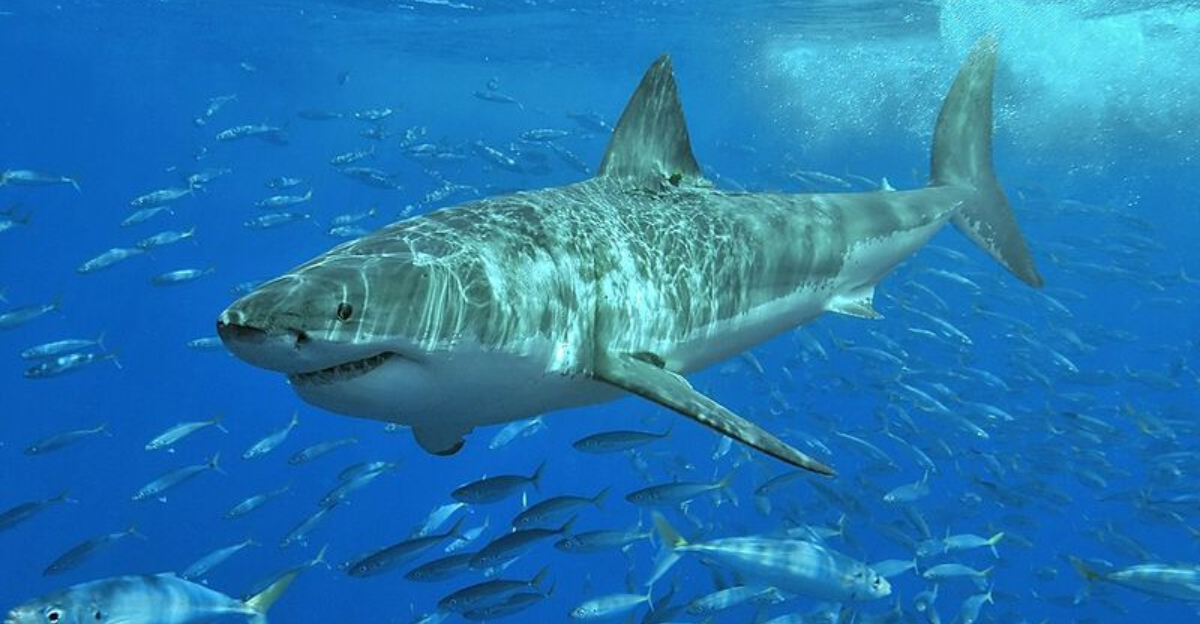
Deep in the cold waters of the Atlantic swims a legendary creature that has captured the imagination of scientists and ocean enthusiasts alike. Nukumi, the largest great white shark ever tagged in the Atlantic, represents nature at its most magnificent and terrifying.
At over 17 feet long and weighing approximately 3,500 pounds, this massive predator offers researchers unprecedented insights into the secret lives of these ocean giants – and raises questions about what else might be lurking beneath the waves.
1. A Grand Old Lady Of The Sea
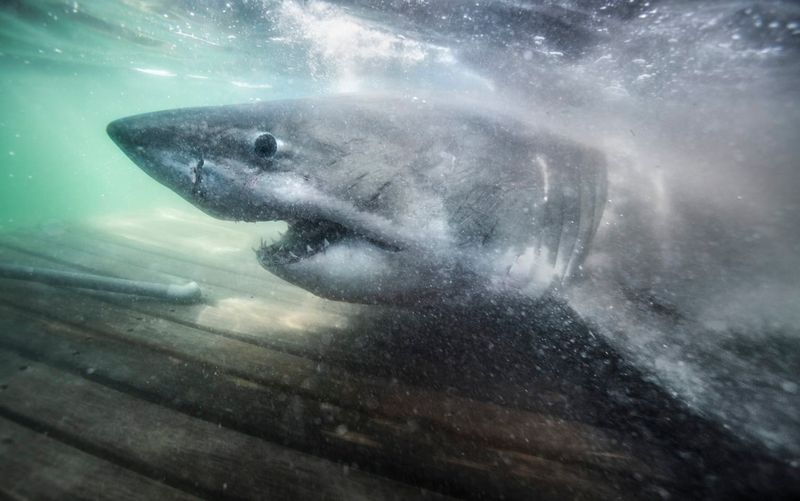
Scientists believe Nukumi has been swimming the Atlantic for over half a century. Her weathered appearance and massive size suggest she’s likely in her 50s, making her one of the oldest known great whites.
Female great whites typically live longer than males, sometimes reaching 70 years in the wild. Nukumi’s advanced age has given researchers a rare opportunity to study the full life cycle of these magnificent predators.
2. Record-Breaking Dimensions
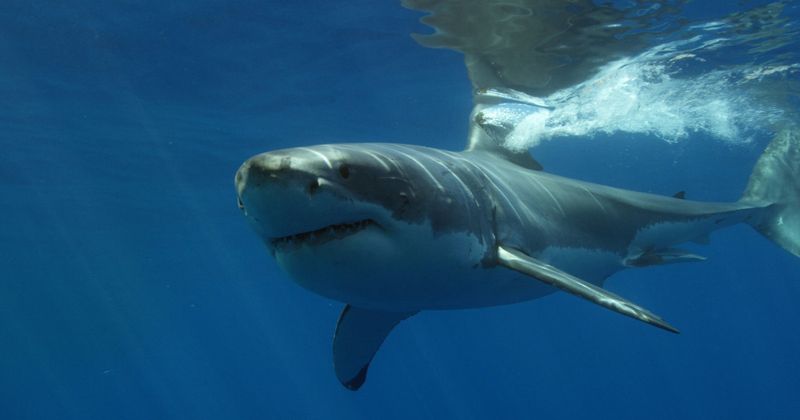
Measuring a jaw-dropping 17 feet 2 inches from nose to tail, Nukumi dwarfs the average female great white by several feet. Her estimated weight of 3,500 pounds puts her in an elite category of super-predators.
For perspective, that’s about the weight of a small SUV cruising through the ocean. When researchers first spotted her massive dorsal fin cutting through the waves, they could hardly believe what they were seeing.
3. Named For Indigenous Wisdom
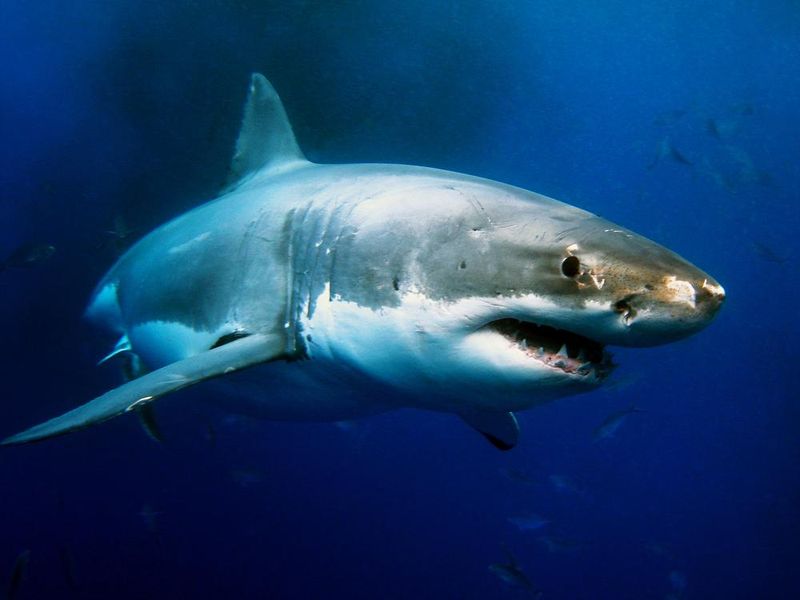
The name “Nukumi” carries deep cultural significance. Researchers chose it to honor the legendary wise grandmother figure from Mi’kmaq First Nations folklore, reflecting the shark’s presumed role as a mature matriarch of the ocean.
The Mi’kmaq people have inhabited Nova Scotia’s coastlines for thousands of years. Their traditional stories recognize the importance of elder wisdom and respect for powerful natural forces – qualities perfectly embodied by this magnificent shark.
4. Her Unexpected Migration Patterns
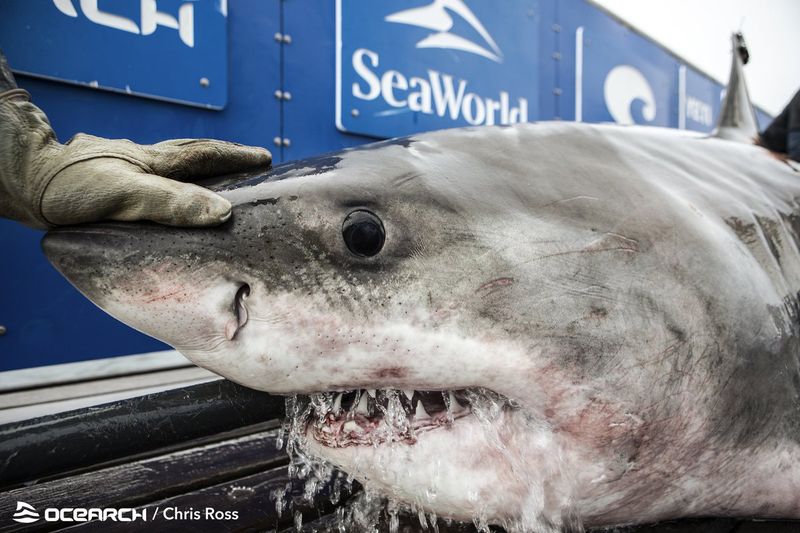
Nukumi shocked scientists by venturing into areas where great whites rarely travel. After being tagged off Nova Scotia, she journeyed far into the open Atlantic, even approaching the Azores – thousands of miles from her tagging location.
Most tagged sharks follow predictable coastal routes. Nukumi’s bold ventures into deep ocean territories suggest she might be following ancient migration paths unknown to science until now.
5. Battle Scars Tell Her Story
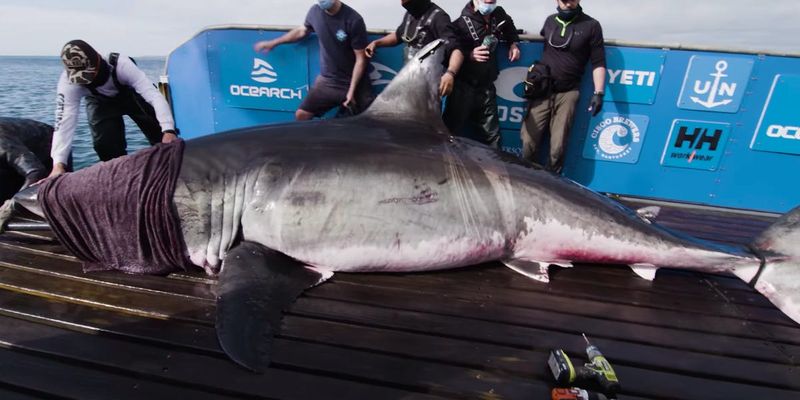
Nukumi’s body bears the marks of decades of ocean life. Researchers noted distinctive scars along her flanks, likely from encounters with prey, other sharks, or even boat propellers.
One particularly prominent mark near her right gill suggests she survived a serious injury years ago. Like rings on a tree, these scars create a physical timeline of her extraordinary life, revealing the challenges she’s overcome as an apex predator.
6. Motherhood On A Massive Scale
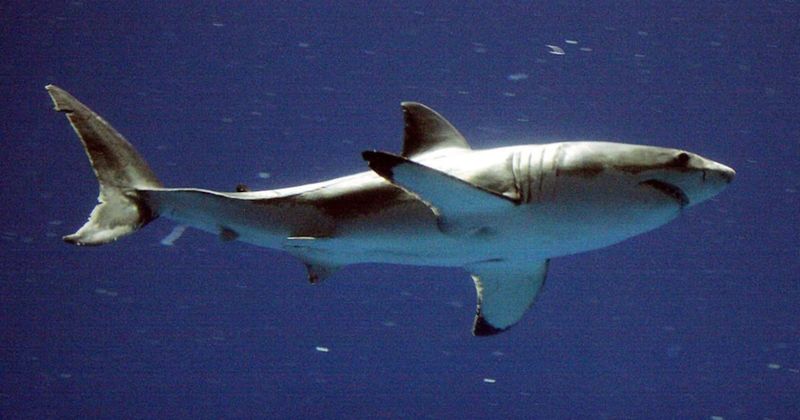
Nukumi’s size and age indicate she’s likely given birth to hundreds of pups throughout her lifetime. Female great whites typically produce litters of 2-10 pups every two years once they reach maturity.
Researchers believe she may have contributed significantly to the Atlantic great white population. Her genes potentially flow through multiple generations of sharks currently patrolling the coastlines, making her a true mother of the Atlantic.
7. A Voracious Appetite
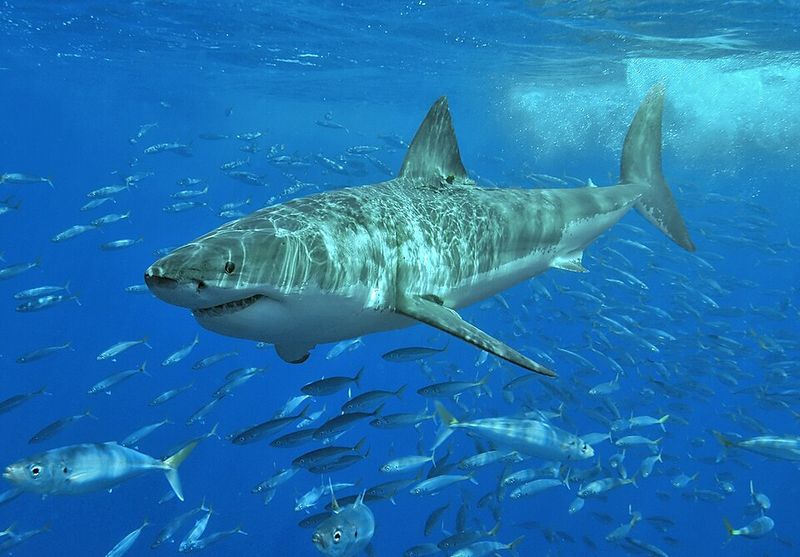
To maintain her enormous size, Nukumi must consume approximately 200 pounds of food daily. Her diet likely consists primarily of seals, smaller sharks, and large fish, though she’s capable of taking down much larger prey when necessary.
Great whites of her size have been observed consuming entire adult seals in a single bite. Interestingly, researchers believe older sharks like Nukumi may actually prefer fattier prey like seals to conserve energy.
8. Scientific Gold Mine
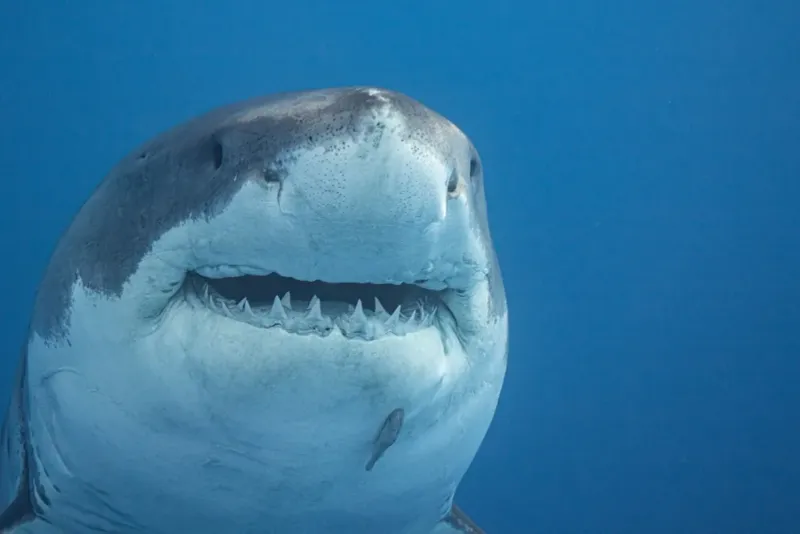
The tracking data from Nukumi has revolutionized our understanding of great white behavior. Her movements have revealed previously unknown feeding grounds and potential mating areas that researchers had never identified.
Each ping from her satellite tag adds to a growing picture of great white ecology. Scientists hope her data will help protect critical marine habitats and ensure the survival of these magnificent creatures for generations to come.
9. More Giants Lurking Nearby
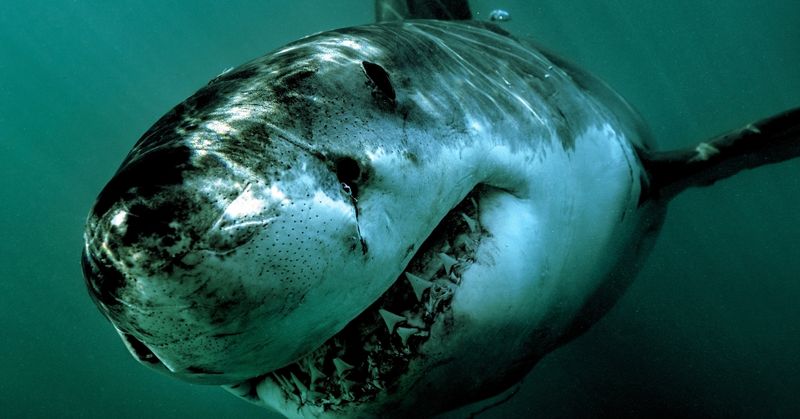
Commercial fishermen have reported encounters with untagged sharks rivaling Nukumi’s size. Several credible sightings off Massachusetts and the Carolinas describe massive dorsal fins cutting through surface waters.
A charter boat captain photographed what appeared to be an 18-foot great white near Cape Cod in 2021. Though the image wasn’t conclusive, marine biologists acknowledged it could represent an even larger individual than Nukumi patrolling Atlantic waters.
10. The Atlantic’s Unexplored Depths
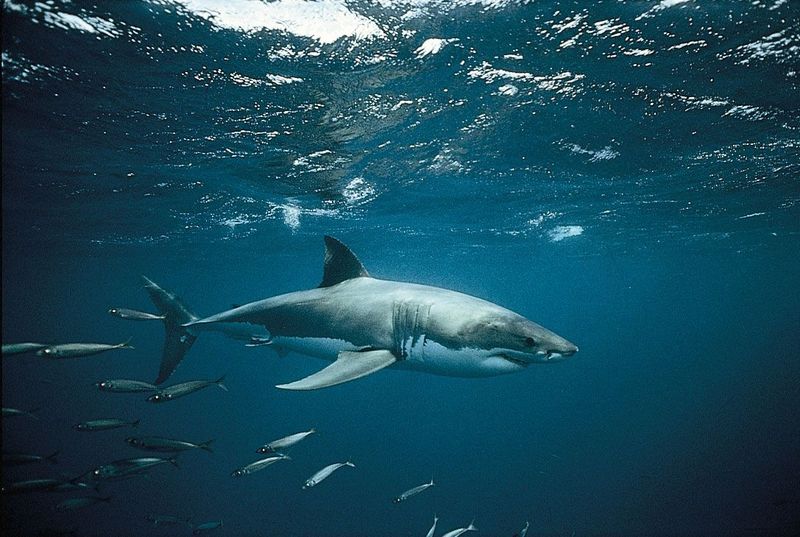
Marine biologists estimate they’ve only studied about 20% of the Atlantic’s deep-water habitats. These mysterious realms could easily harbor enormous sharks that have never encountered humans or research vessels.
Great whites can dive to depths exceeding 3,000 feet – well beyond the range of casual observation. The deepest sections of the Atlantic could serve as secret highways for massive sharks traveling undetected between feeding grounds.
11. Vanishing Prey Phenomenon
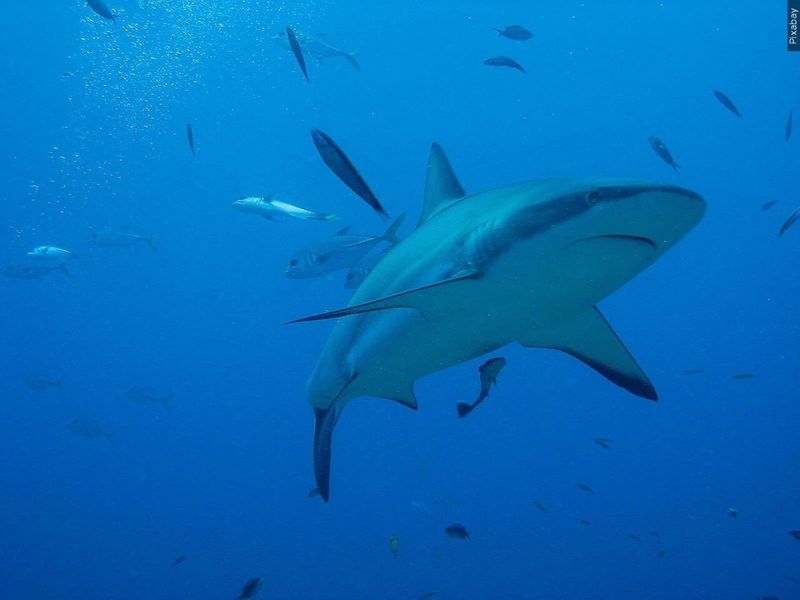
Something strange has been happening along the Atlantic coast. Researchers have documented numerous instances where tagged seals and tuna suddenly disappear from tracking systems.
While some signal loss is normal, the pattern suggests predation by extremely large sharks. Analysis of the final tracking data often shows rapid depth changes and erratic movements consistent with a seal being hunted by something massive – potentially Nukumi’s equally large relatives.
12. Climate Change Reshuffles The Deck
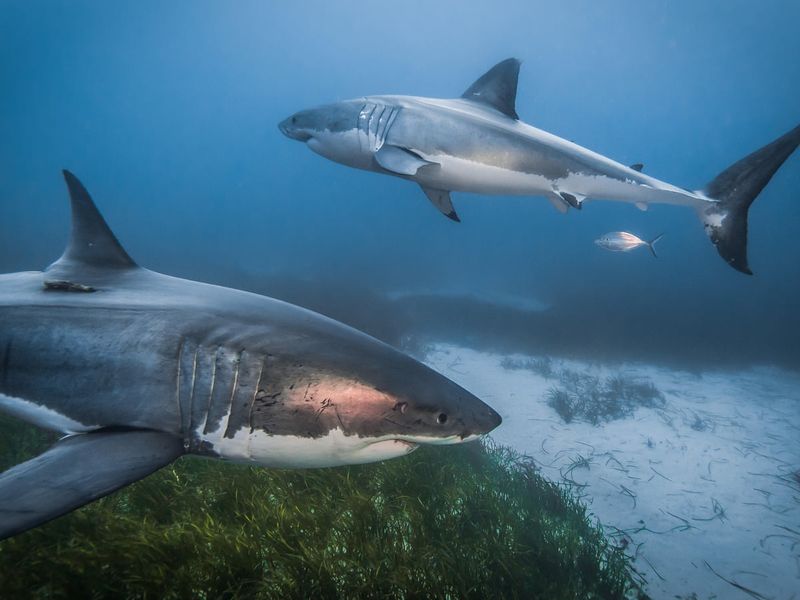
Rising ocean temperatures are dramatically altering shark migration patterns. Areas once too cold for great whites are becoming accessible, potentially bringing previously separated populations into contact.
Canadian researchers have documented a 30% increase in great white sightings in northern waters over the past decade. This climate-driven expansion means more giant sharks may be venturing into the Atlantic from previously isolated regions, creating new opportunities for massive individuals to thrive.
13. The Mega-Shark Theory
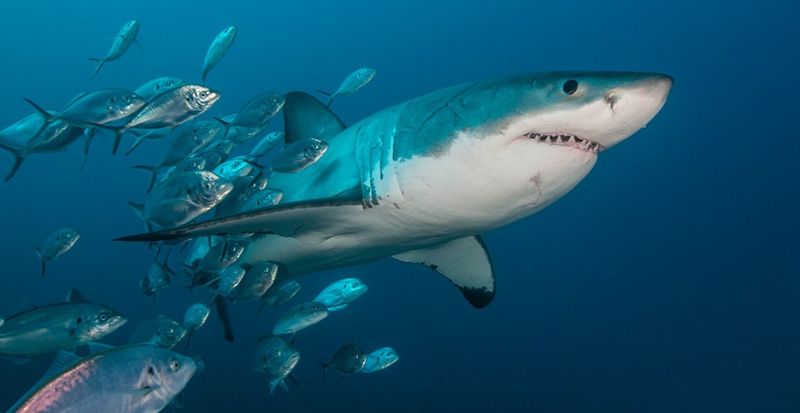
A controversial theory proposed by marine biologist Dr. Elena Sanchez suggests the Atlantic may harbor a distinct population of unusually large great whites. She points to genetic samples showing surprising diversity among the largest individuals.
If correct, Nukumi might represent not just an exceptionally large shark, but part of a specialized group adapted for deep-water hunting. Several leading oceanographic institutions are now conducting DNA studies to test this fascinating hypothesis.



